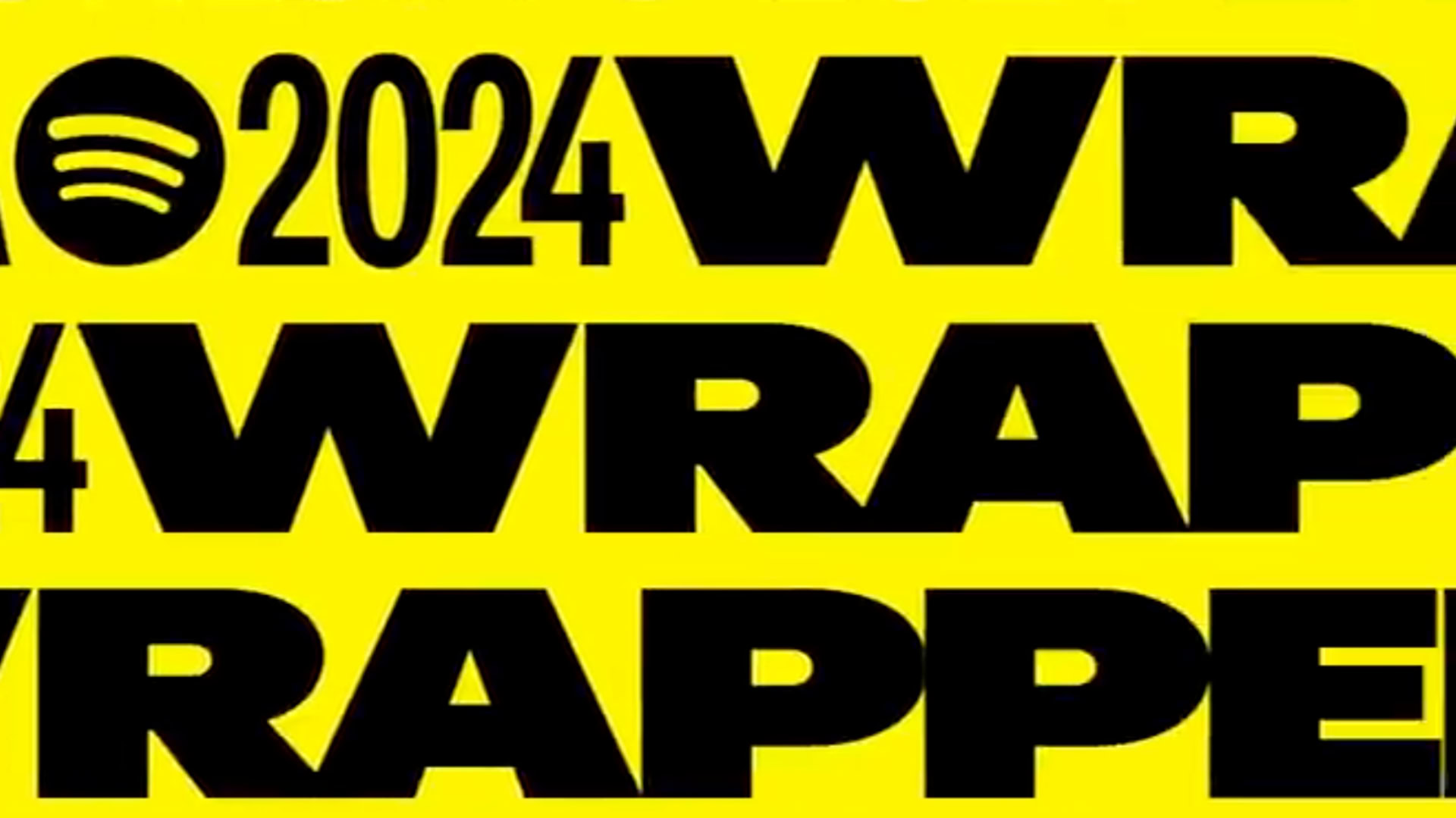SpaceX has received approval from the US Federal Communications Commission to start commercial operations of the company’s cellular Starlink service for phones.
On Tuesday, the FCC granted SpaceX authority to operate the satellite-based cellular connectivity within and outside the US through the company’s second-generation Starlink network.
“The Commission recognized that satellite-to-device connectivity can support critical public interest benefits, including ubiquitous connectivity, access to 911 service from remote areas, technological advancement, and innovative spectrum use,” the FCC wrote in the order.
In addition, the Commission has cleared SpaceX to orbit some second-generation satellites about 200 kilometers closer to Earth, which promises to reduce Starlink’s latency. Back in 2022, the company received FCC authority to operate a total of 7,500 second-generation Starlink satellites, but in orbits at over 500 kilometers away from the planet.
The news represents an important win for SpaceX, which has launched over 320 cellular Starlink satellites to seemingly complete the first stage of the “direct to cell” network. The company now has the green light to start serving US customers through its partner T-Mobile, giving eligible consumers a way to receive a signal in cellular dead zones. Ben Longmier, SpaceX’s senior director for satellite engineering, tweeted that the company plans on kicking off a beta service in the US soon, but first for employees.
This Tweet is currently unavailable. It might be loading or has been removed.
Past tests have shown the cellular Starlink tech can deliver download rates up to 17Mbps and even beam a signal to a phone inside a customer’s pocket. But in Tuesday’s 59-page order, the FCC stopped short of giving SpaceX full approval to its liking. Instead, the US regulator decided to “defer” and postpone ruling on whether the company can operate the cellular Starlink satellites beyond the normal radio emission limits.
SpaceX says it needs to do so to power real-time video and voice calls over the satellites, otherwise the technology risks being limited to only text messaging. However, carriers including AT&T and Verizon have lobbied the FCC to reject the request, citing concerns that loosening the radio emission limits will cause interference with their own networks.
Recommended by Our Editors
The other issue is that the FCC also deferred on SpaceX’s request to launch and operate an additional 22,488 second-generation Starlink satellites. Rather, the Commission is indicating it wants to first monitor SpaceX’s existing satellite network for potential issues, such as impacts on astronomy, before giving the greenlight on a potential expansion.
The FCC also refrained from giving SpaceX full freedom to orbit all second-generation Starlink satellites closer to Earth. Under the Commission’s order, the company can only orbit the satellites at an altitude of 340km to 360km so long as it coordinates with NASA. Last month, the space agency told the FCC it supported allowing SpaceX to lower the orbits initially for only 400 satellites as part of trial basis.
SpaceX and T-Mobile didn’t immediately respond to a request for comment. So it remains unclear how much the service will cost and when it’ll officially launch. But the companies first plan on supporting satellite-based text messaging before expanding to voice calls and internet browsing sometime next year.
 5 Things to Know About Starlink Satellite Internet
5 Things to Know About Starlink Satellite Internet
Get Our Best Stories!
This newsletter may contain advertising, deals, or affiliate links. Subscribing to a newsletter indicates your consent to our Terms of Use and Privacy Policy. You may unsubscribe from the newsletters at any time.

About Michael Kan
Senior Reporter











